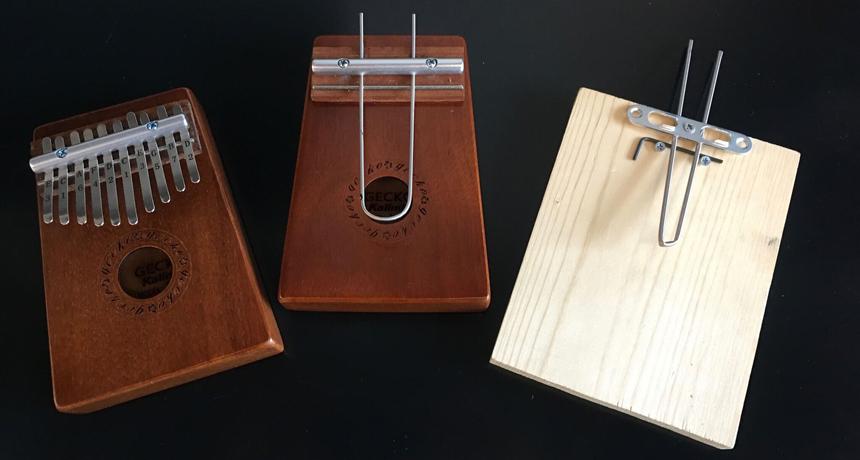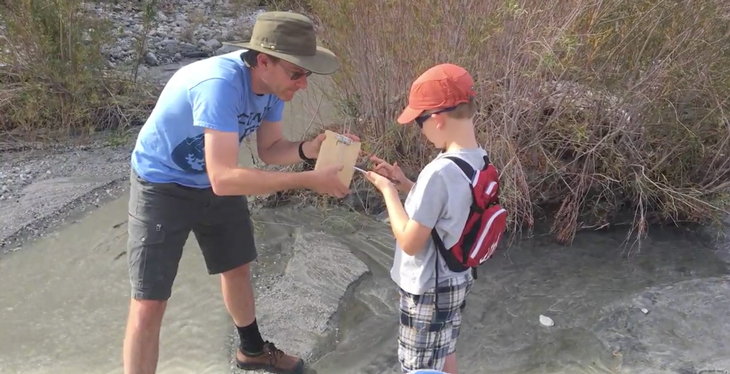A sensor inspired by an African thumb piano could root out bogus medicines
The device can distinguish a common cough syrup ingredient from a poisonous look-alike

REMIX Inspired by an instrument called an mbira (left), researchers either remodeled the thumb piano (center) or used scrap materials (right) to construct a device that measures the densities of liquids.
W. Grover/UC Riverside







